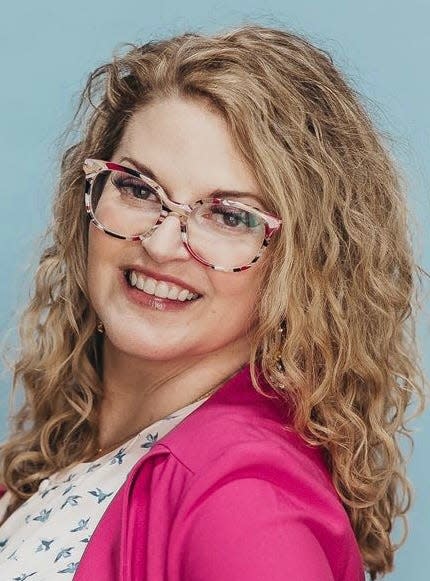Mental Health Matters: Binge shopping is a go-to activity
The mental health conditions that I have battled for decades fill a long list. I also have a mélange of unhealthy coping mechanisms I’ve used to combat those conditions. These methods are instinctual, and it’s difficult to replace them with healthy coping skills. But I’m trying.
My go-to is binge eating. When I’m not overeating, I’ll misuse my anxiety medication. Then if that fails, I’ll shop. I won’t just buy a new blouse or lipstick. I’ll spend hundreds to thousands of dollars in a day or two on clothes, shoes, bags or random things I don’t need. Out of all my acts of folly, this is the most dangerous. Sure, I get a reward from eating, but the euphoria doesn’t last. Same with the medicine. Negative emotions trigger all of these emotions.
But when I shop, I get a thrill when I buy an item, and then another when the package arrives. I love when boxes accumulate on my porch. When I’m coming home from errands, I drive by the front of the house and eagerly look for packages. I love cutting the boxes open with my red pocket knife and removing the packaging — especially if they are wrapped and adorned with colored tissue paper and ribbons. The anticipation continues as I figure out how I’m going to wear or use that particular item.
Once I do that, the dopamine starts to fade, and I’ll feel guilty. But within a day or two, the urge returns. Now here comes the danger. I don’t have the means to spend so much money. I can’t be trusted to have credit cards, but I found a way around that by using payment methods like Afterpay or Affirm. Many a fight has been centered around my spending, and I’m embarrassed to be writing about this.
After talking with my therapist and doing research, I discovered that Compulsive Buying Disorder is common among people, especially women, who have a mental health condition, such as depression. Compulsive Buying Disorder is described as the desire to shop, which results in spending large amounts of time and money, according to Mental Health America. MHA also reports that 5.8% of U.S. adults (mostly women) are affected by Compulsive Buying Disorder. Interesting tidbit: In 2022, U.S. consumers spent $17.4 on goods and services. I’m not to blame for all of that, but I’m sure I made a dent.
A study in the National Library of Medicine says ordinary non-addicted consumers state value and usefulness as their primary motives for shopping, while compulsive buyers make purchases to improve their mood, cope with stress, gain social approval and improve their self-image.
Published in the Journal of Consumer Policy, another study compared MRI brain images of 23 women with a compulsive shopping problem and 26 women who were normal shoppers. The researchers found that while they were shopping, the compulsive shoppers had higher brain activity in regions of the brain responsible for decision-making. Compulsive shoppers also may be more likely to suffer from disorders such as substance abuse, eating disorders, anxiety and depression. Yep, that’s me.
Thankfully, there are ways to treat Compulsive Buying Disorder, such as therapy, medication, support groups and self-help books.
One of these days I hope to stop chasing that elusive high, through any of my normal, unhealthy means. I hope to grow up and deal with my emotions like a healthy adult. But it takes more than hope. It’s time I become accountable and do the work. Taking my credit cards away didn’t work — an addict will always find a way to score.
All “good” things must come to an end, and I’m overdue for a new beginning.

For more than 20 years, Heather Loeb has experienced major depression, anxiety and a personality disorder, while also battling the stigma of mental health. She is the creator of Unruly Neurons (www.unrulyneurons.com), a blog dedicated to normalizing depression and a member of state Rep. Todd Hunter’s Suicide Prevention Taskforce.
This article originally appeared on Corpus Christi Caller Times: Mental Health Matters: Binge shopping is a go-to activity